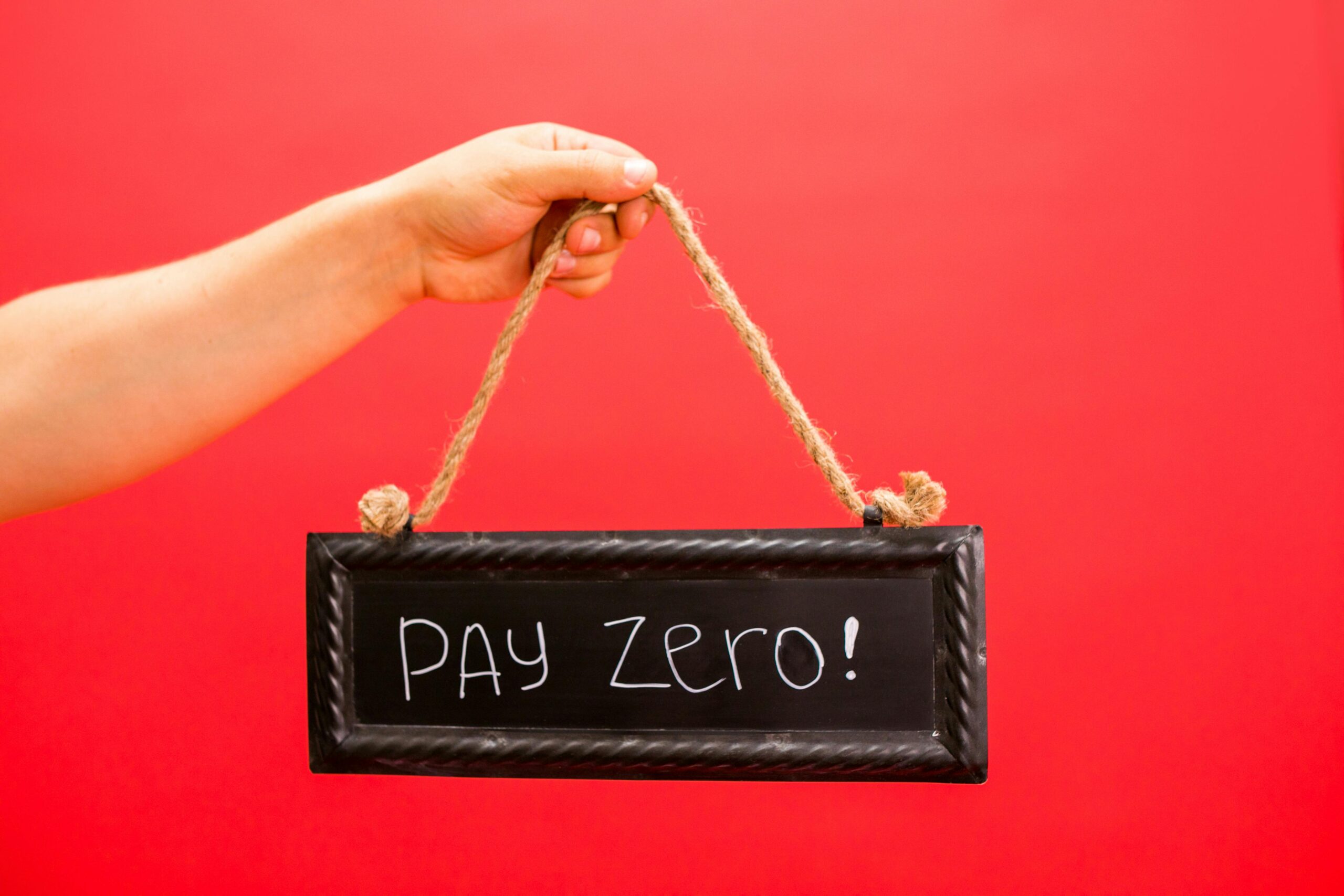Free returns have become a standard in eCommerce —
But what sellers don’t always realize…
They come at a cost far beyond shipping.
From lost inventory to emotional trust erosion — from logistics headaches to brand perception shifts…
Offering free returns isn’t just a customer service perk.
It’s a financial decision that can define whether you scale — or sink.
In this guide, we’ll explore:
- Why free returns aren’t really free
- How return policies shape brand value and profit
- Real-world examples from Shopify to Amazon
- And what psychology says about how buyers respond to “no risk” offers
Let’s dive into The Untold Cost of Offering Free Returns on Your Bottom Line — and why sometimes, giving more freedom comes with hidden losses.
The Hidden Math Behind “Free Returns”
We often assume that free returns build trust — and they do.
But according to research published in MIT Sloan Review , brands that offer free return policies see an average return rate increase of 20–35% — even among customers who weren’t originally planning to return anything.
That means:
Just offering the option makes people more likely to use it.
And that changes everything.
Because real growth isn’t built on conversions alone — it’s built on retention , margin , and inventory control .
5 Ways Free Returns Eat Into Your Profit (Even When Sales Rise)
Here’s how giving back takes more than you expect.
💸 1. Return Shipping Isn’t Free — It’s Shifted
You pay for the label.
Or the buyer pays — then gets refunded.
Either way, you’re out money before getting the product back.
Example: ✅ A $70 item sold → gross margin is $25
🚫 Customer returns it → now you’ve spent $10 on return shipping
🚫 Product is damaged → now it’s unsellable
So instead of keeping $25…
You lose $10 — and gain nothing.
Because in digital commerce…
What goes out must come back — intact.
And that rarely happens.
📦 2. Inventory Loss: Not All Items Come Back
When you offer free returns, not every package finds its way back.
Some get lost.
Some are never sent.
Some arrive broken.
Which means:
You’re paying for a product that may never re-enter your system.
According to studies from Harvard Business Review , up to 18% of returned items are never resold due to damage, wear, or missing parts.
And for fashion and beauty brands, that number rises to 25% .
Because real stock loss doesn’t always show up in reports — until it’s too late.
🧾 3. Refund Abuse Drains Margins
Return abuse isn’t just about fake claims — it’s about repeated misuse.
Examples: 🚫 Customers who buy multiple sizes — keep one, return the rest
🚫 Buyers who “try before buying” — and never intend to keep the item
🚫 Fraudsters who claim items were never received — then cash in
These behaviors eat into margins quietly — but consistently.
Because in retail…
Every return is a potential refund leak.
🧠 4. Emotional Trust Erosion: Some Customers Doubt Your Quality
When free returns become the norm, some shoppers begin to associate your brand with uncertainty.
They think:
“Why offer free returns unless things go wrong often?”
Which means:
- Higher hesitation
- More cautious buyers
- Lower perceived quality
Because in digital selling…
Safety signals can accidentally create suspicion.
📈 5. Scaling Becomes Riskier Than Expected
As you grow, fulfillment costs rise — especially if your return rate grows with it.
This leads to:
- Higher warehouse costs
- More reverse logistics
- Increased customer support tickets
- Greater inventory write-offs
And suddenly, scaling becomes expensive — not profitable.
Because real expansion requires predictability — and high return rates make forecasting harder.
Real-Life Examples: When Free Returns Seemed Like a Win — But Were a Loss
Let’s look at real cases where brands offered free returns — and paid more than expected.
👕 Case Study 1: The Apparel Brand That Gave Free Returns — Then Lost Money
A DTC clothing store launched a campaign:
“Try it. Love it. If not — send it back.”
Result?
- 30% spike in sales
- 40% jump in returns
- Many items arrived damaged or worn
💡 Why It Backfired:
They gained traffic — but lost margin.
Because real conversion isn’t just about sales.
It’s about keeping what you earn .
🛍️ Case Study 2: The Shopify Store That Thought It Was Winning — Until It Checked Its Books
They ran a successful Black Friday sale — and saw record revenue.
But their accountant warned:
“Your net profit won’t match.”
Turns out:
- Over half of December orders were returned
- Many came back unworn — but unresellable
- Their CAC doubled after factoring in return losses
💡 Lesson Learned:
Sales impress.
Profit sustains.
🧳 Case Study 3: The Dropshipping Brand That Used Free Returns — and Got Abused
An influencer-backed dropship brand offered free returns — thinking it would boost trust.
Instead:
- Scalper bots bought in bulk — then claimed returns
- Influencers promoted the policy — without knowing the cost
- Inventory turnover slowed — because many items were “in transit” for returns
Deal fell through — and the brand lost six figures in a single month.
How to Offer Returns Without Losing Control
Want to stay competitive — but protect your bottom line?
Here’s how to manage returns wisely.
✅ 1. Set a Clear Return Window
Don’t let returns linger for months.
Try: ✅ “Returns accepted within 14 days of delivery”
✅ “Final sale on limited editions”
One gives space.
The other prevents abuse.
Because real trust builds fast — and shouldn’t last forever.
🧩 2. Use Return Authorization Systems
Require customers to submit:
- Reason for return
- Photos of condition
- Proof of shipment
This reduces abuse — and helps you track patterns.
Because real returns should be rare — not routine.
🤝 3. Charge Restocking Fees Strategically
Many top-performing brands charge a small fee: 🚫 “No restock fee”
✅ “We deduct $5 upon return processing”
One feels generous.
The other gently reminds them to commit.
Because sometimes, friction protects profit — and reduces casual returns.
🗺️ 4. Track Returners — and Flag Repeat Users
Use tools like:
- Shopify Magic
- Klaviyo return tracking
- Returnly or Loop Returns
To identify:
- One-time users
- Frequent returners
- High-risk locations
Then adjust your policy accordingly.
Because real data tells you who’s loyal — and who’s gaming the system.
🧠 5. Test What Happens When You Remove It
Run a test:
- Group A: Free returns
- Group B: Final sale + warm messaging
Track:
- Conversion
- Average order value
- Repeat purchase rate
You might find that removing free returns boosts intent — not deters sales.
Because real attraction doesn’t need a safety net.
Sometimes, it thrives without one.
Frequently Asked Questions (FAQ)
Q: Do free returns actually help conversion?
A: Yes — but often at the expense of margin.
Q: Should I stop offering free returns entirely?
A: Not necessarily — but consider limiting them for high-risk products.
Q: Can AI help reduce return fraud?
A: Yes — with tools like Shopify Magic or Loop Returns , you can flag suspicious behavior early.
Q: Do customers notice when brands remove free returns?
A: Some do — but many also appreciate finality in pricing.
Q: Are there alternatives to free returns?
A: Yes — including:
- In-store credit for returns
- Partial refunds
- Exchange-only policies
Which can reduce loss while maintaining flexibility.
Final Thoughts
Free returns feel generous — but they carry silent costs that most brands overlook.
Because in digital commerce…
What you give away can quietly take away.
So next time you launch a new campaign or update your policy…
Ask yourself:
“Am I gaining customers — or losing clarity?”
Because the best brands aren’t just good at selling.
They’re great at saving — through smart, strategic policies.
And sometimes, the strongest move in online retail…
Isn’t giving more.
It’s protecting what you already earned .










